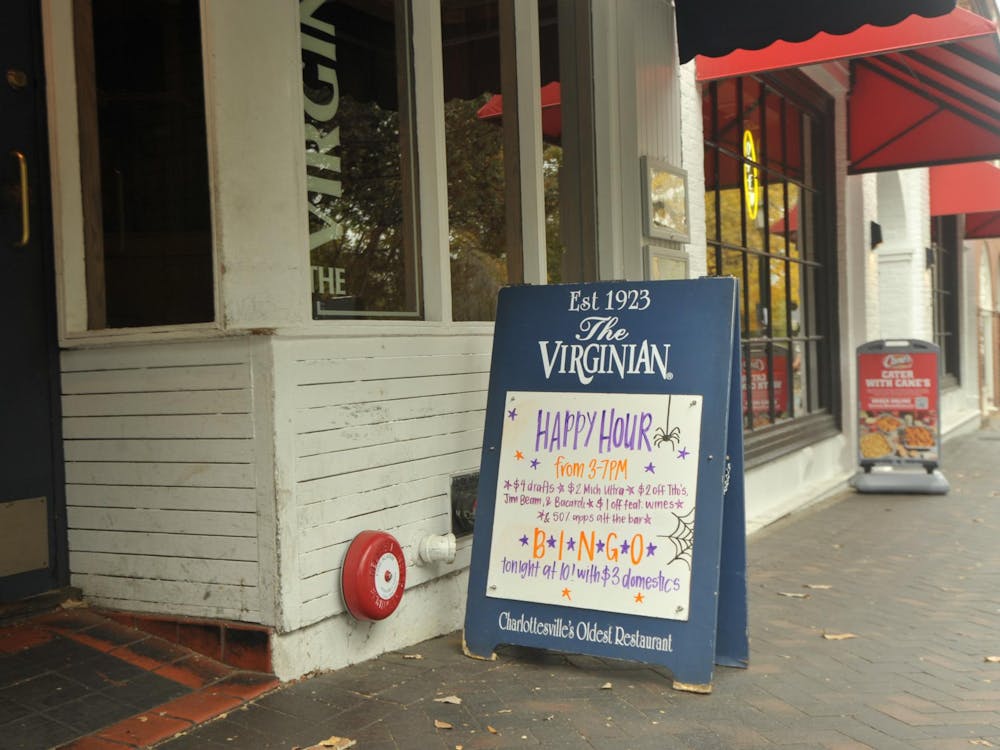The state of Virginia must revise its proposal for the Chesapeake Bay cleanup plan by Nov. 29 or risk having a plan mandated by the Environmental Protection Agency, which could potentially cost Charlottesville and Albemarle County millions of dollars.
The watershed implementation plan proposed by Gov. Bob McDonnell's office in September was rejected by the Environmental Protection Agency because it did not meet the EPA's pollution-reduction goals.
"Rather than a draft a roadmap on how Virginia intends to restore clean water to our rivers and the bay, the WIP is replete with proposals to 'investigate,' 'explore,' and 'consider' future actions," said the Chesapeake Bay Foundation in a press release.
Each state was required to submit a proposal to the EPA outlining its plan to reduce nitrogen, phosphorous and sediment loads. Virginia's was sent back.
EPA Regional Administrator Shawn Garvin said in a statement that some states' proposals "contained gaps that reduced EPA's confidence" in bay restoration and sent them back for changes.
"[The] EPA strongly prefers to achieve the necessary pollution reductions through the state plans rather than federal actions because the states have more flexibility and can achieve reductions from a wider range of sources than EPA," Garvin said.
In a letter to Garvin following the rejection of the state's proposal, Virginia Secretary of Natural Resources Douglas Domenech said the EPA allotted insufficient time for the state to draft a plan.
"Having only received our nitrogen and phosphorous allocations July 1 and sediment allocation August 13, it was difficult to properly develop a comprehensive plan such as this that may have an impact out to 2025," he said. "It is important to emphasize that this plan is being developed during the worst economy in at least a generation."
The original WIP accounted for billions of dollars Virginians have already invested in Chesapeake Bay water quality to date but did not sufficiently address future goals.
"Full implementation of this plan will likely cost billions of new dollars," he said, "which are unfunded federal mandates on the state, localities, farmers, private industries and homeowners."
Engineering Prof. Gerard Learmonth, who last year spearheaded development of a simulation which models the health of the bay, said plans for cleanup originated with President Obama's executive order in May 2009 to clean up the Chesapeake Bay during the next 15 years. After he issued the order, the EPA stepped in to set up targets for total maximum daily loads for nitrogen, phosphorus and sediment. Achieving these targets will lead to what the EPA believes is a sustainable Chesapeake Bay.
"The EPA set targets for six states and the District of Columbia, which constitute the watershed," Learmonth said. "The end target is what the EPA believes will be a sustainable Chesapeake Bay."
If the state's plan is ultimately rejected, the EPA could mandate a $25 million alternative plan, which places a greater cost burden on local governments such as Charlottesville relative to more rural localities. The state's plan, meanwhile, spreads costs more evenly.
The city's financial outlay would cover those costs associated with implementing new technologies, space limitations and adjustments for current utility infrastructure, said Kristel Riddervold, environmental administrator for the City of Charlottesville.
"These are very staggering cost implications," she said. "There are practices that could be accomplished in other areas ... that would be perhaps more cost effective."
She also suggested that Charlottesville's geographic position on the Chesapeake Bay watershed complicates the effectiveness of measures taken in the area.
"I think it would be reasonable to say there are questions about fairness of where we sit geographically in the Chesapeake Bay watershed and what should be required," Riddervold said. "We're at the bottom, and most discharge enters at the mouth."
-Mike Lang contributed to this article






